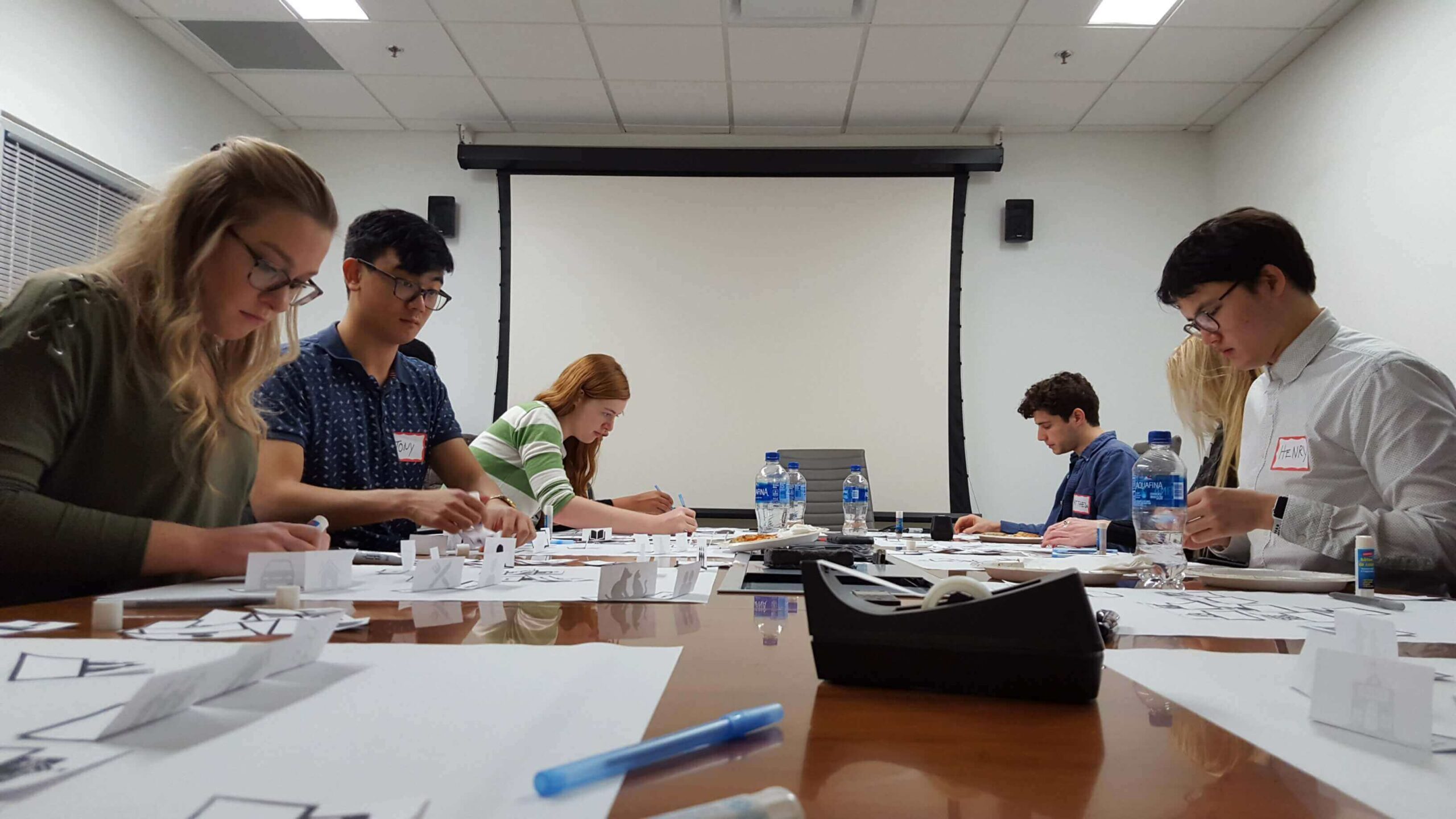
OVERVIEW
The Hum product team was interested in getting a better understanding of the who, what, when, where, why, and how of the sharing behavior of younger millennials. Two key questions arose from this ask:
- What motivates younger millennials to share their location and other data?
- How could the Hum product meet the needs of younger millennials?
MY ROLE
I planned and facilitated co-design workshops with college students to find out how, why, and with whom young millennials would be willing to share information throughout the day. I led a discussion with the students that focused on how much they share, what they share, and the factors that guide their decisions. The session consisted of several hands-on activities aimed at understanding the students’ environments and connections, the value they place on the data that they share, and their expectations from a sharing experience. The co-design session was conducted in collaboration with my colleague on the Research team.
METHODOLOGIES
Mental Maps, Business Origami, Trade-off Game, Storyboards, Sketching
STARTING THE CONVERSATION
We started the session with an icebreaker where we asked the students to introduce themselves and describe the experience of the last time they shared something digitally.
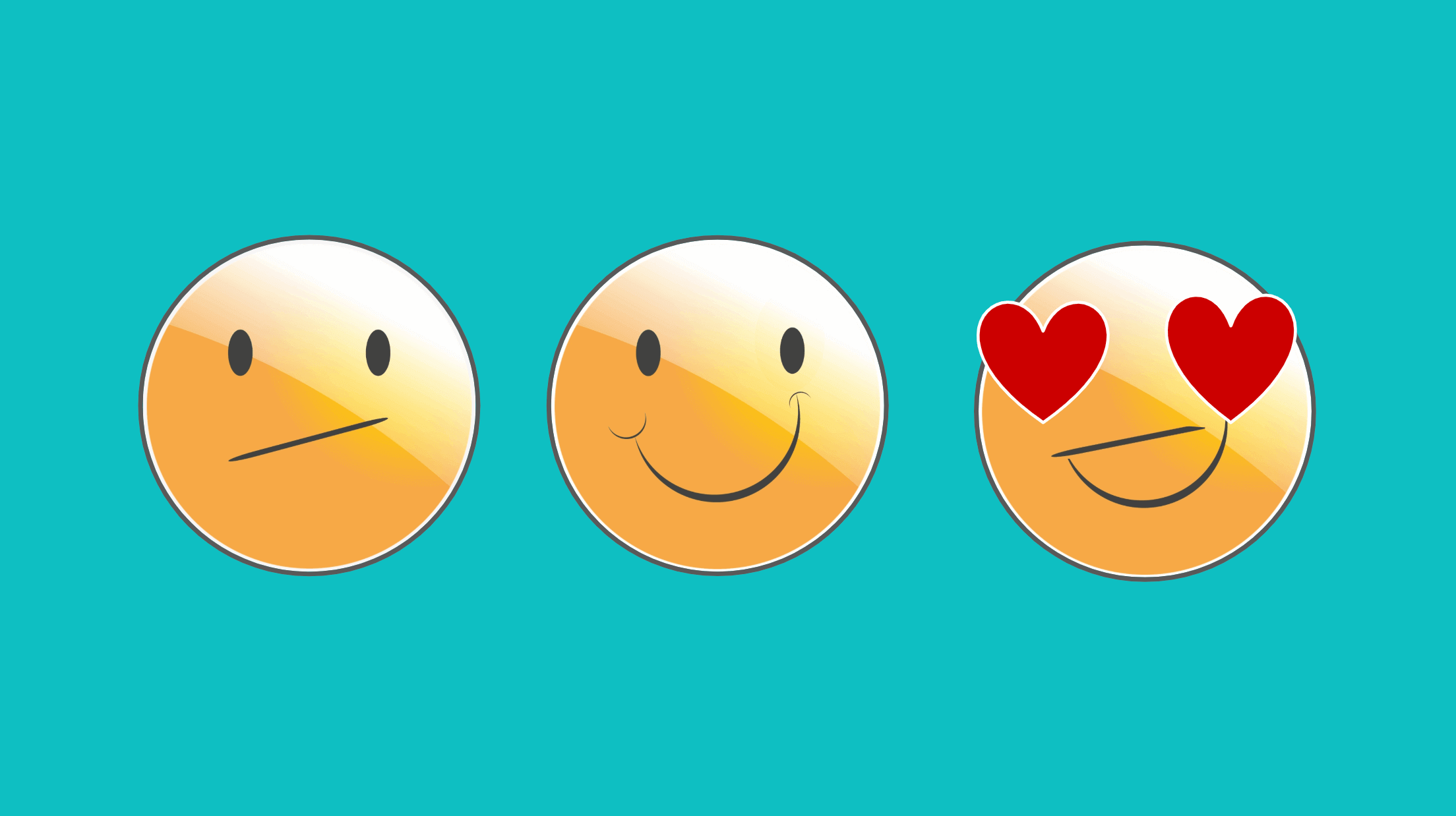
To encourage more details, we also asked the students to choose the emoji that best represents how they feel about sharing online.
GOALS
The icebreaker primed the conversation to dive into the activities and accomplish our goals for the session.
01
Understand the participants’ environments and the connections and interactions they have with their surroundings, other people, etc.
02
Understand the value the participants’ place on the data that they share throughout their daily lives and across their network.
03
Understand what participants’ want and expect in a sharing experience and any concerns related to sharing.
MAP MY LIFE
For the first activity, I asked the students to create an abstract, cognitive map of the important people, places, things, and activities or hobbies in their lives.
We provided the students with different icon cards (Business Origami) they could use to represent those important parts of their everyday life. Blank cards were also provided for students to include additional people, places, things, or activities/hobbies on their map.
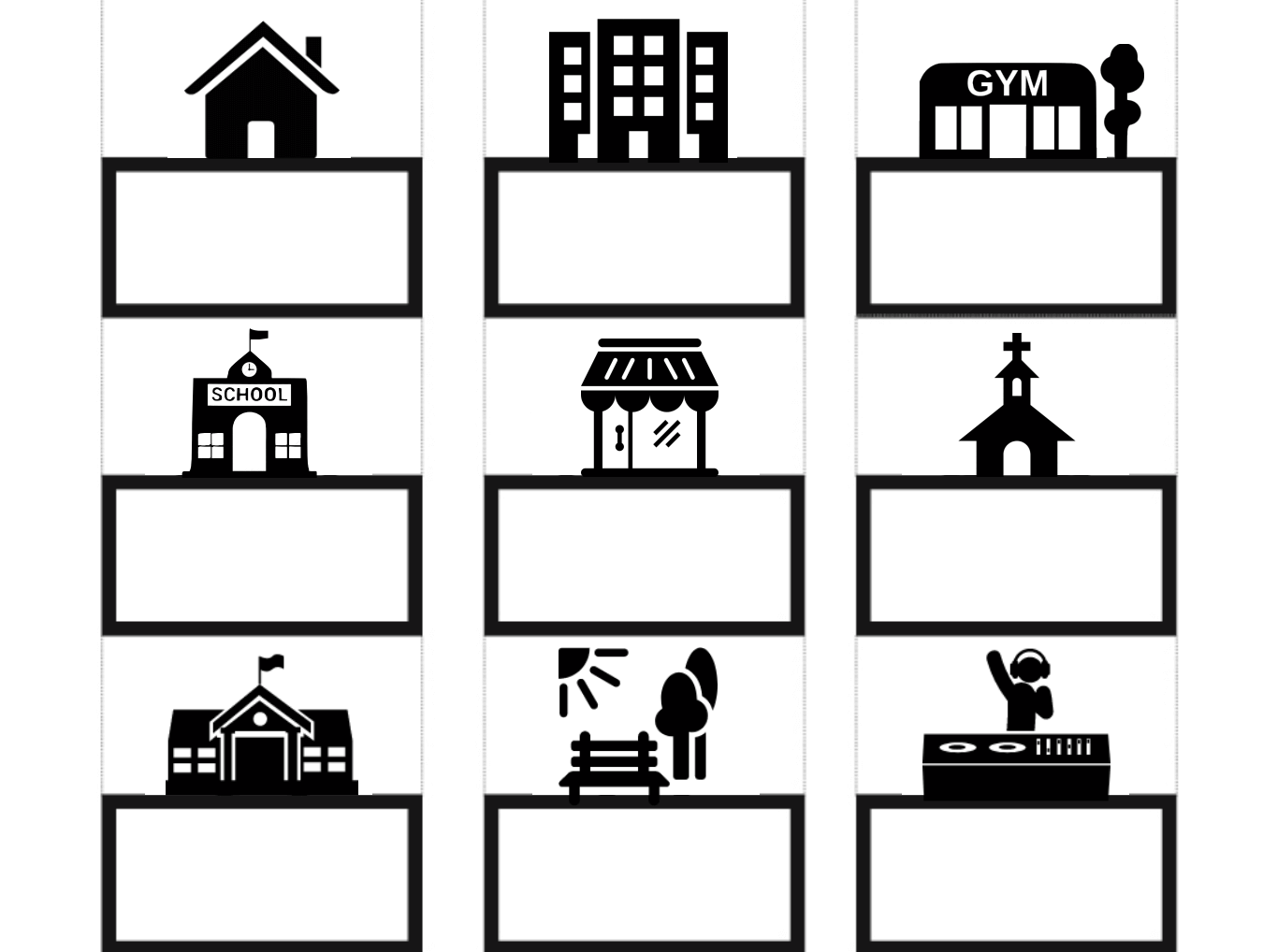
1. Draw arrows between the icons to represent the ways in which they interact and communicate.
2. Label and rank the most important icons in your life using dot stickers.
3. Write comments to help explain any important details.
CATEGORIES
The icon card categories represented a wide range of items that the students could include to customize their maps.
People
Parents, Friends, Siblings, Partner, Co-Workers, Roommates
Places
Home, Work, School, Stores, Gas, Mall, Food, Park, Gym
Things
Car, Bike, Train, Weather, Traffic, Phone, Electronics, Pets
Activities
Exercise, Sports, Outdoors, Arts, Entertainment, Events
The Mental Maps created by the students allowed us to visualize the interactions and networks they have in their daily lives and the opportunities for sharing that may arise.
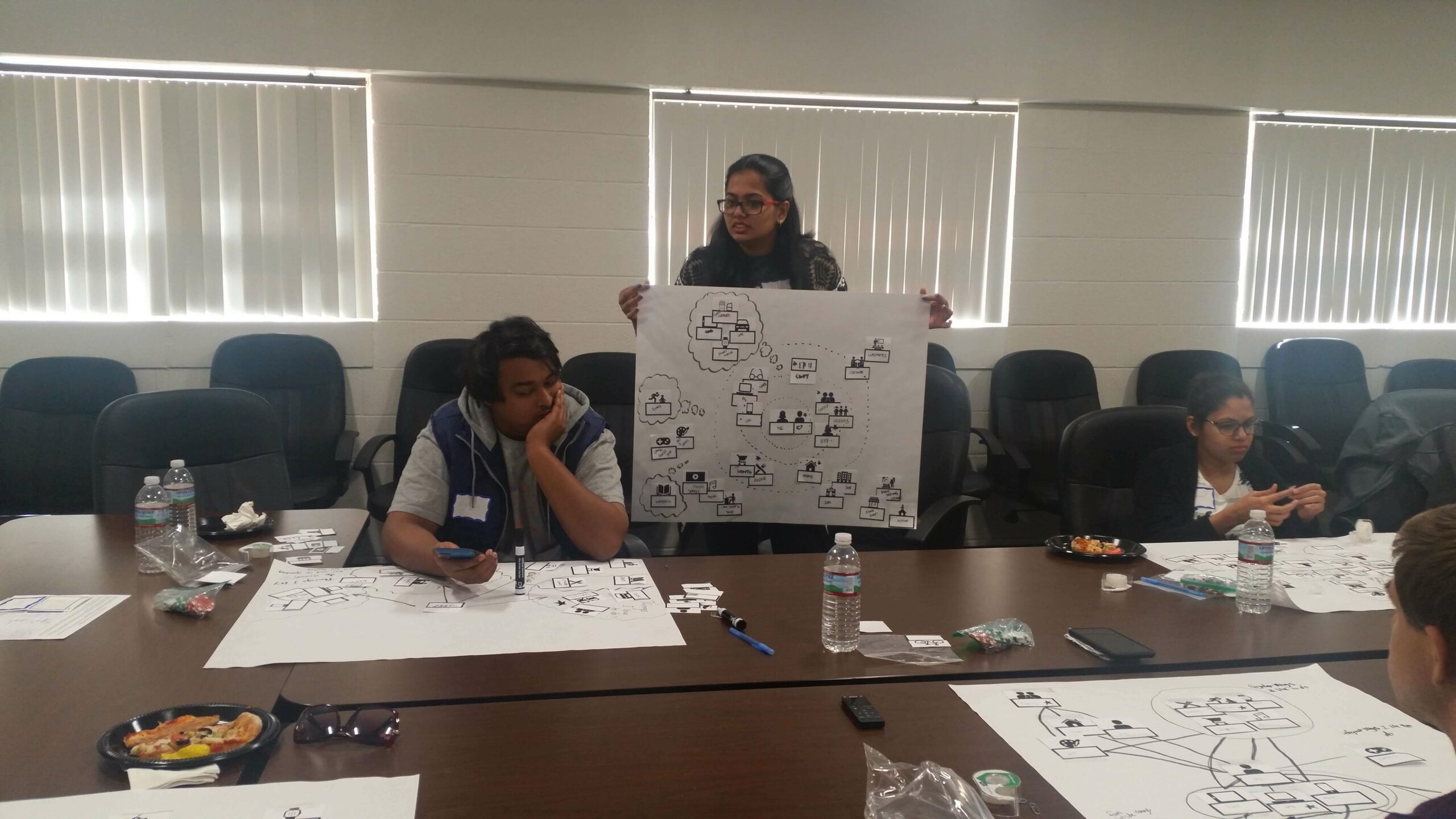
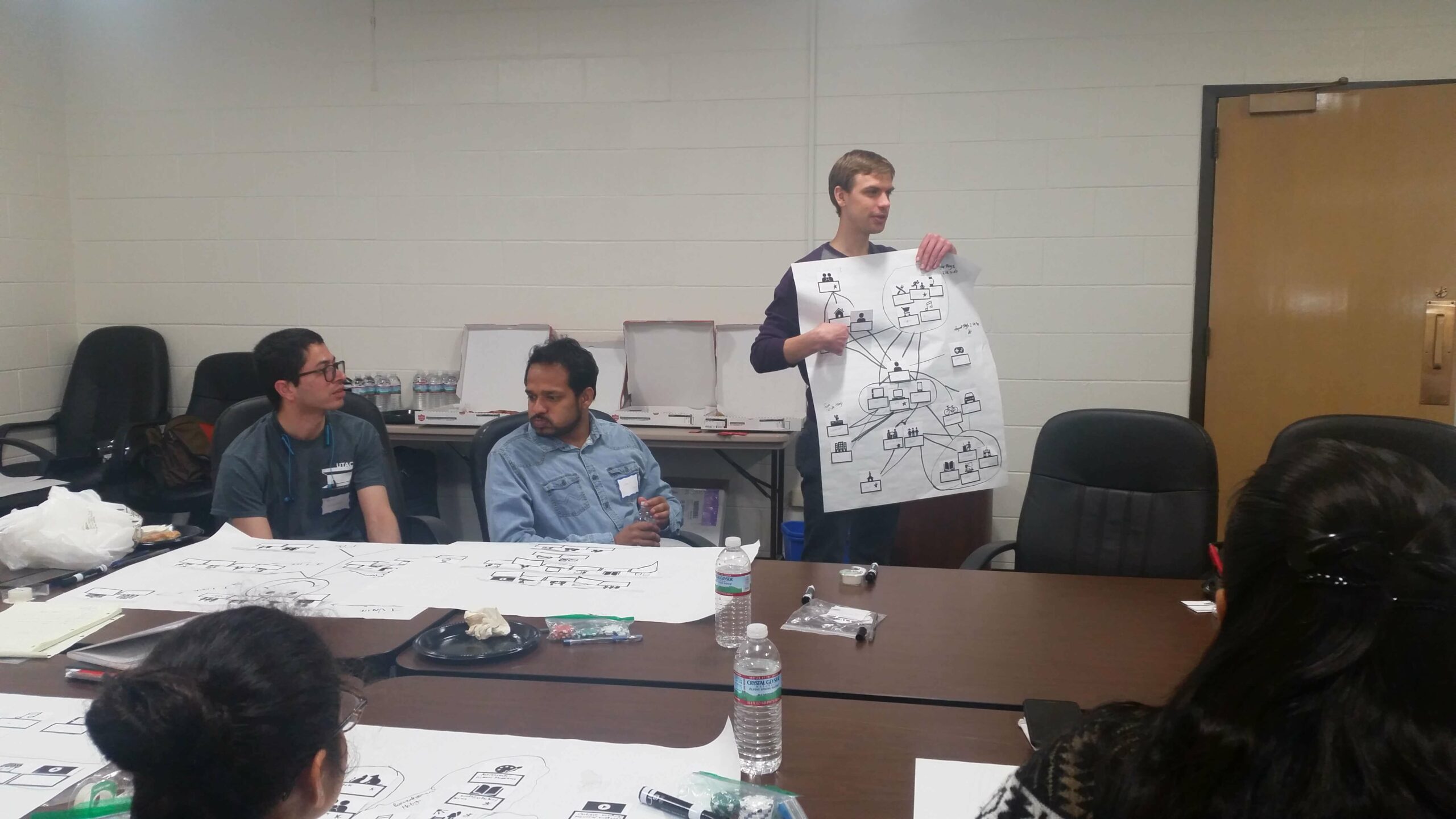
SHOW ME THE DATA
To build upon their mental maps, I asked the students to think about what kinds of data they would like to receive and share and the value they place upon that data.
Receive
What kind of information about each Person, Place, Thing, or Activity would you want to receive?
Share
What kind of information about yourself would you want to share with them?
Spend
How much money would you spend to share or receive that information?
DATA CURRENCY
I then gave data currency (Poker Chips) to the students that they could exchange for more information about any of the People, Places, Things, Activities, or Groups on their map to make their lives better (whatever that meant to them).
Location
Previous and current location, places visited, trip/route history
Personal
Name, likeness, demographics, preferences, habits, behavior, affiliations
Assets
Phone, vehicle, property, electronics, software
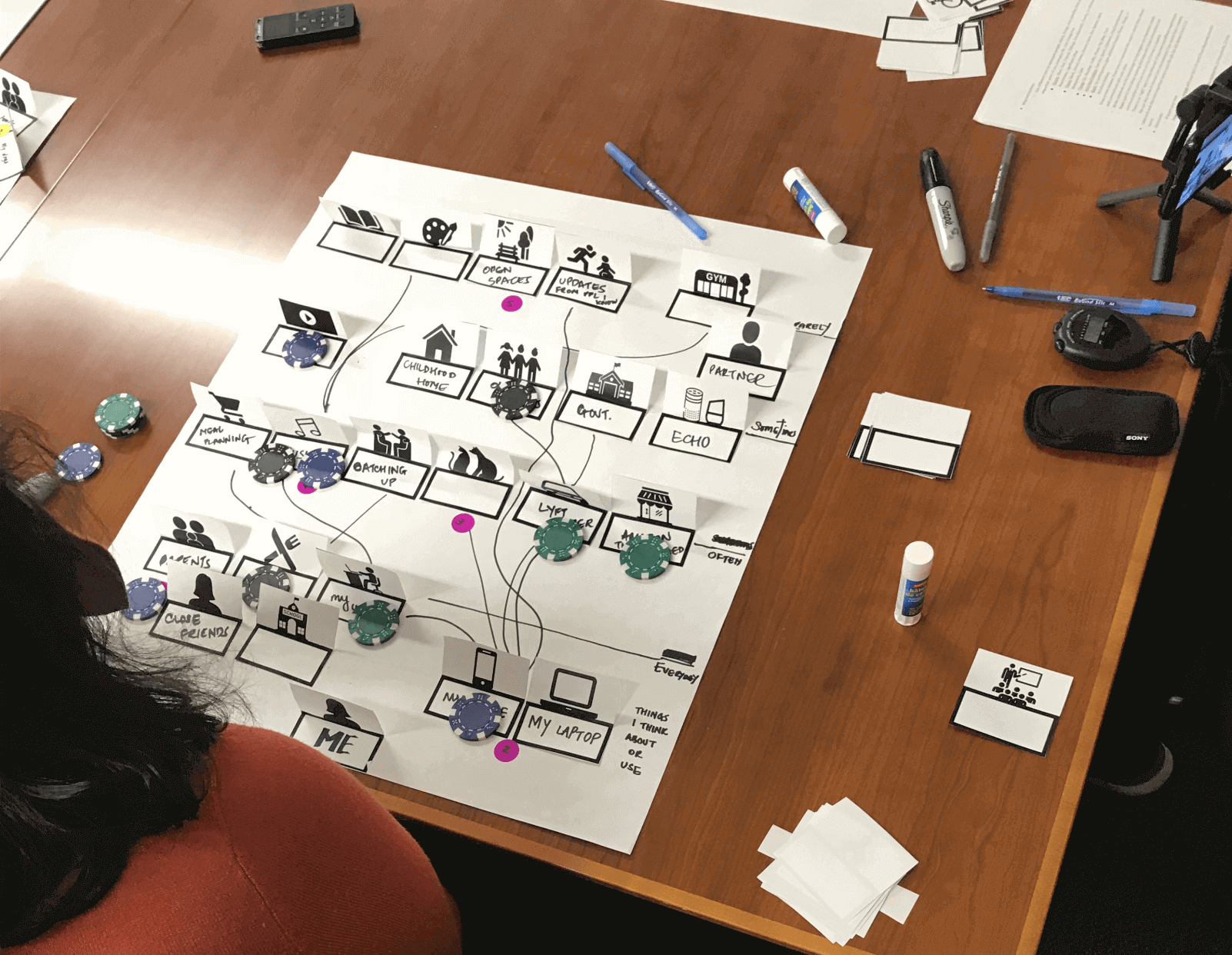
1. You have $150 in data currency — $50 each for location, personal, and asset information.
2. Must spend at least $100 of your data currency.
3. Place your currency on the icons you would like to get more information or access to/from.
From the activity, we learned about the kind of location, personal, and asset information the students were willing to share, how long and how often they were willing to share the information, and what encourages them to share.

At this time, we also discussed the concerns that the students had with sharing as it related to privacy and data breaches on a more macro level and independence (from parents, family, etc.) on a more personal level.
We used the amount of money the students choose to spend as a measure of the value they placed on sharing that data. We also observed how fast they made these decisions and how strongly they talked about them in order to gauge their comfort level with sharing the data.
BRING IT TO LIFE
For the final activity, I asked the students to create Conceptual Designs of an ideal sharing experience. They were given the option to create sketches or storyboards.

1. Pick one scenario and depict or describe your ideal sharing experience.
2. Use any of the materials to create visuals that you can share.
Each student presented their visuals to the group and discussed how their sketches/storyboards depicted how they would like to share and receive information.

RESULTS
In the workshops, students described their needs, wants, and expectations in their own words and visuals. Seeing how they composed their mental maps, spent their data currency, and created their sketches and storyboards validated some of our assumptions but also showed us that some of our other assumptions about their priorities and behaviors were not on target. Giving the students an opportunity to engage in the co-design session, rather than just asking them to talk about it, provided that important nuance.
The work resulted in the methods being extended to further research conducted with parents and families — looking at sharing behavior within families.